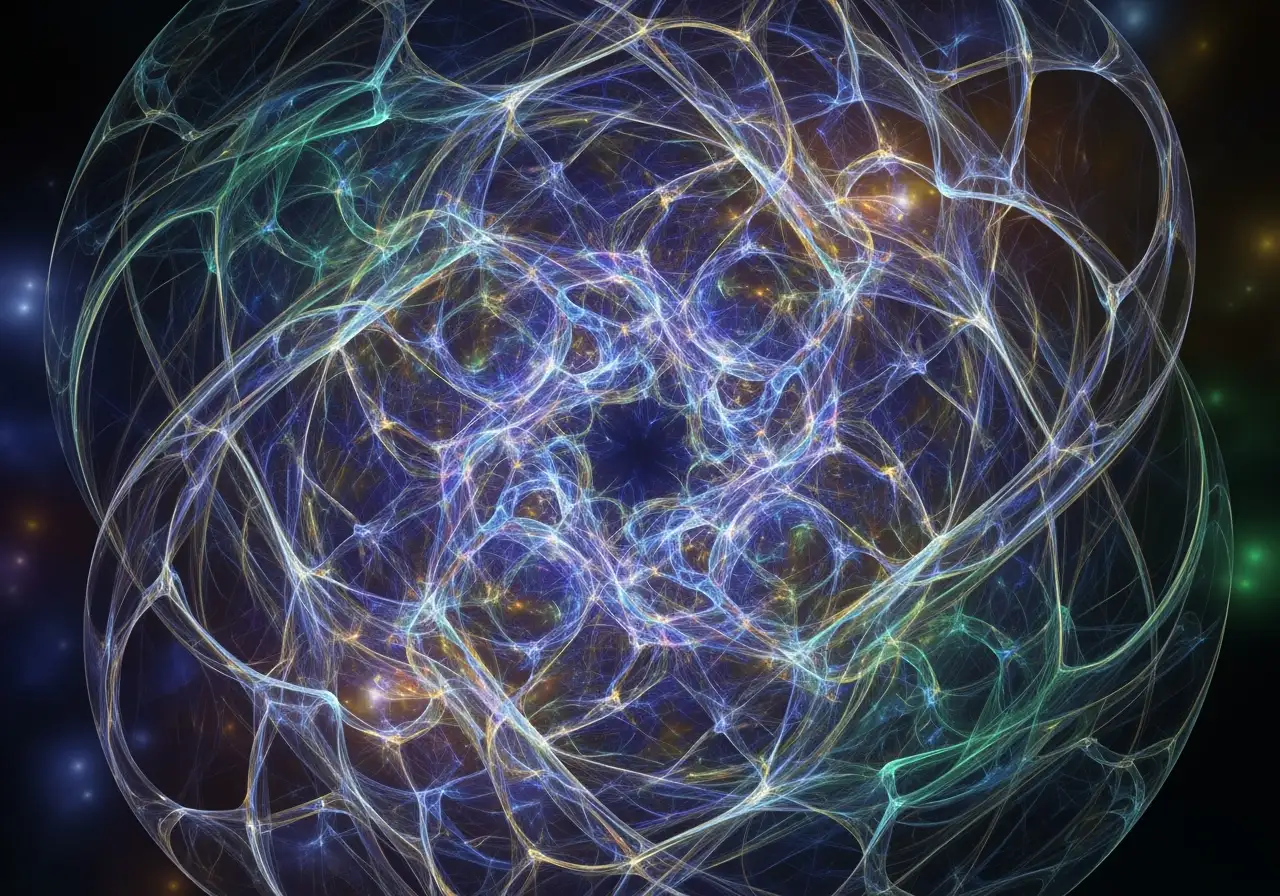The Mind’s Masterpiece: Co-Creating Your Reality
The Mind’s Masterpiece: Co-Creating Your Reality
For centuries, philosophers, mystics, and thinkers across diverse cultures have grappled with a fundamental question: what is the true nature of reality, and what role does the human mind play in experiencing it? While modern cognitive science offers groundbreaking insights into how our brains construct our perceptions, the core idea that our minds are active participants, rather than just passive observers, in shaping our reality is a concept with deep historical and philosophical roots. This profound understanding forms a cornerstone of the Quantum Mindfulness framework.
The Quantum Mindfulness framework, with its revolutionary Co-Creative Lens practice, builds upon this timeless wisdom. It posits that the breathtaking beauty you witness in a sunset, the intricate design you marvel at in a snowflake, or the peaceful harmony you feel in a quiet forest, isn’t just “out there.” It’s also a magnificent creation happening within you. This isn’t a denial of the external world, but a profound recognition of your active, incredible role in shaping your experience of it, deeply aligned with the Observer-Participant Theory.
This concept resonates with ancient Eastern philosophies, particularly within various schools of Buddhism. For millennia, Buddhist teachings have explored the notion that our perception of reality is largely a construct of our own minds. Concepts like maya (illusion) or the emphasis on the mind as the source of both suffering and liberation highlight the idea that our internal states, interpretations, and habitual patterns of thought profoundly influence what we perceive as ‘real’ or ‘true’. The external world is seen not as a fixed, independent entity, but as something that arises in dependence on our consciousness. These traditions have long offered practices designed to deconstruct habitual ways of seeing, leading to deeper insight into the mind’s role in shaping experience.
In the Western philosophical tradition, figures like Immanuel Kant in the 18th century proposed that our minds are not blank slates but actively impose categories and structures onto raw sensory data to make sense of the world. He distinguished between the “thing-in-itself” (noumena) and the world as it appears to us (phenomena), arguing that we can only ever know the latter, as it is filtered and organized by our innate cognitive faculties. More recently, 20th-century phenomenologists like Edmund Husserl and Maurice Merleau-Ponty delved into the nature of lived experience, emphasizing that consciousness is always “consciousness of something,” meaning our subjective experience is inextricably linked to our perception and interpretation.
These historical perspectives, whether rooted in spiritual practice or rigorous philosophical inquiry, laid the groundwork for contemporary cognitive science. Neuroscientists and psychologists are now providing empirical evidence for the brain’s highly active, constructive role in perception, memory, and emotion. They show us how our expectations, past experiences, and emotional states literally shape what we see, hear, and feel.
The Quantum Mindfulness framework seamlessly integrates these ancient insights with modern scientific understanding, particularly through its Perceptual Construction Theory. It offers a structured path to not just intellectually grasp this profound truth, but to experience it directly. At the heart of this framework lies the understanding of Psychodynamic Dimensions – the fundamental energetic substrates from which all cognitions, emotions, and motivations emerge. Our experienced reality is not simply given; rather, it is the result of Psychodynamic Collapse, where the mind’s vast field of Cognitive Superposition, holding multiple potential states, resolves into a singular, definite experience. This collapse is primarily triggered by conscious attention.
Consider the role of the Prime Modality, encompassing the Psycho-Volitional Dimension (Pd1), Psycho-Conceptive Dimension (Pd2), and Psycho-Meditative Dimension (Pd3). This triad governs our capacity for perception, intention, and interpretation, acting as the scaffolding of consciousness itself. The Psycho-Volitional Dimension, the absolute genesis of cognitive activity, embodies pure potentiality and primal will, initiating the processes that lead to the formation of our mental states. It instigates the cognitive processes that allow us to dissolve perceived limitations and shape our reality. The Psycho-Conceptive Dimension then takes these raw psychic impulses and forms nascent concepts and intuitive insights, which are then structured and organized by the Psycho-Meditative Dimension, the seat of reason and analytical comprehension.
This dynamic interplay between dimensions is where the magic of co-creation truly happens. Our Cognitive Appraisal of an observation, influenced by our inherent disposition and the inertia of past experiences, determines the activation levels of these dimensions. The Secondary Modality, comprising the remaining seven dimensions (Pd4-Pd10), then articulates the complex processes through which these foundational cognitive functions manifest in our lived experience, shaping the affective, social, and relational texture of our reality.
However, our ability to consciously co-create can be hindered by unconscious patterns, particularly Inherited Scripts. These are deeply ingrained mental patterns, biases, and narratives, often formed from external influences and conditioning mechanisms, that operate beneath conscious awareness and can lead to ontological misalignment. Quantum Mindfulness provides therapeutic strategies to gain liberation from inherited scripts, fostering a sovereign architecture for the individual.
Through practices that cultivate structural awareness and perceptual sophistication, we learn to discern the intricate contributions of each psychodynamic dimension within a seemingly monolithic feeling. This allows us to move beyond unconscious reactive collapse, where mental states solidify based on ingrained patterns, towards intentional collapse. This is the deliberate guidance of the collapse process by the conscious observer, where we actively choose which potential mental or emotional state is permitted to stabilize and manifest as experienced reality.
The ultimate goal is to achieve perceptual freedom, the capacity to consciously choose how potential experiences actualize, enabling adaptive engagement with challenges and conscious evolution. This journey is about more than just appreciating nature; it’s about appreciating the incredible masterpiece your own mind is constantly creating, and equipping you with the tools to master its design. To truly unlock this capacity and integrate it into every aspect of your life, the full methodology awaits.





